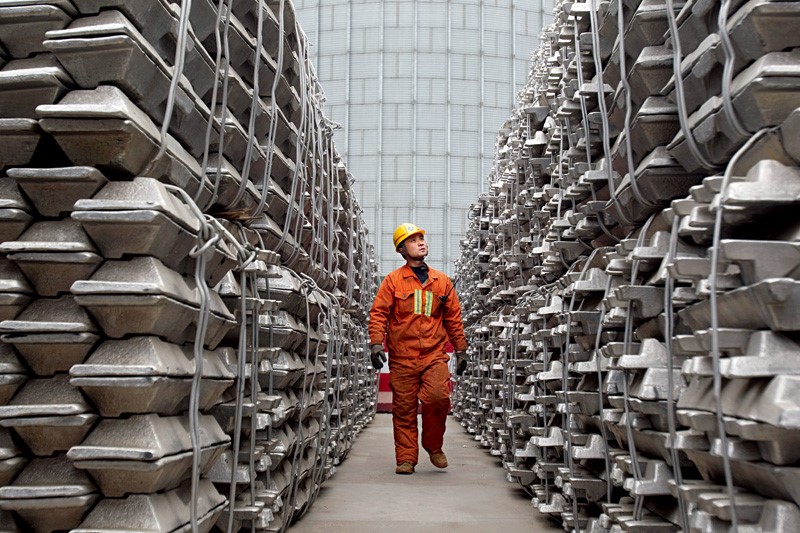

According to the Shanghai Metals Market data, China’s aluminium production in the last month of 2023 (31 days) registered a month-on-month increase of 2.12 per cent and a year-on-year rise of 3.6 per cent to reach 3.562 million tonnes. However, the average daily domestic output dropped by 1,400 tonnes to 114,900 tonnes.

The shutdown of electrolytic cells in Yunnan producing no aluminium liquid could be attributed to the daily production fall. But domestic aluminium operating capacity grew slightly month-on-month in December.
China’s total production of aluminium from January to December 2023 came in at 41.513 million tonnes, beating the previous year’s record-high output of 40.2 million tonnes. Aluminium ingot production in the entire year was approximately 12.6 million tonnes, down by 11.3 per cent Y-o-Y, accounting for 30.34 per cent of China’s 2023 aluminium output.
Operating capacity across Chinese provinces
In December 2023, China’s operating capacity was largely stable. In Xinjiang, Qinghai, Inner Mongolia and other regions, aluminium industry’s operations were firm despite tight power loads due to cold weather. Only in Sichuan and Shanxi, aluminium companies underwent a small amount of maintenance, with output totalling 30,000 tonnes.
As far as new capacity is concerned, the remaining new capacity of Inner Mongolia Baiyinhua was put into operation smoothly. As of the end of December 2023, China’s installed aluminium capacity was about 45.19 million tonnes, while the operating capacity was around 41.98 million tonnes and the operating rate 92.9 per cent.
Forecast for 2024
SMM predicts China’s domestic aluminium operating capacity at the end of January 2024 would be stable at around 42 million tonnes, as there is no foreseen supply shortage in Yunnan and other regions and no large-scale maintenance plans. The world’s largest aluminium producer is expected to churn out 3.56 million tonnes in January, up by 4.2 per cent Y-o-Y.
Responses








